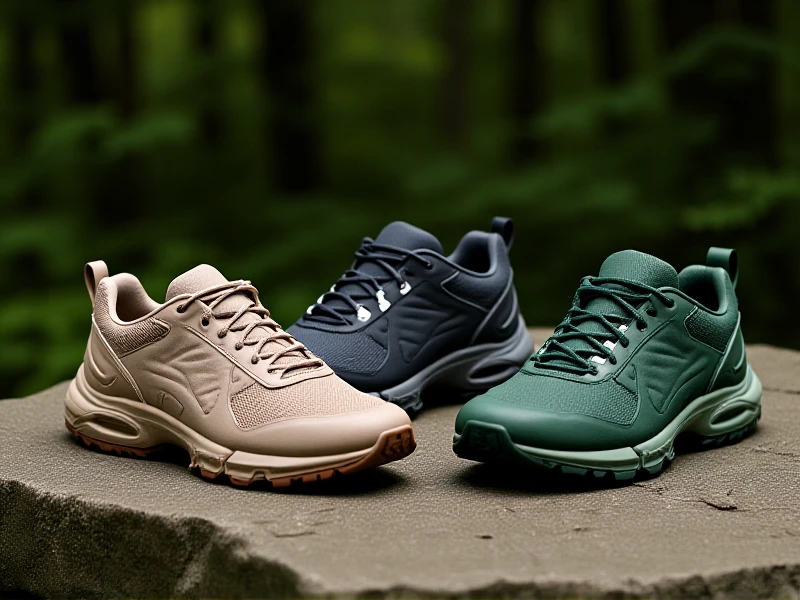
5 Must-Have Features to Look for in Your Next Hiking Shoes
Hitting the trail requires reliable gear, and your hiking shoes are arguably the most critical piece. Choosing the wrong pair can turn a scenic trek into an uncomfortable slog. But with so many options out there, how do you pick the perfect pair? Focus on these five essential features that make or break hiking shoes for performance and comfort:
-
Outsole Traction & Grip: This is non-negotiable. Look for aggressive, multi-directional lugs made from durable, sticky rubber. Vibram® is a renowned brand with high standards. The lug pattern should provide secure footing on varied terrain, from loose gravel and mud to wet rocks and roots. Superior traction prevents slips and falls.
-
Support & Stability: Your hiking shoes must control foot movement. Key elements include a firm heel counter to lock your heel in place and prevent rolling (especially vital on uneven ground), rigid shanks (often nylon or TPU inserts within the midsole) to protect feet from rocks and provide torsional stability on twists, and arch support matching your individual foot shape. Ankle height (low-cut vs. mid-cut) is also a key support consideration; mid-cut offers more joint stability for rougher trails.
-
Waterproofing & Breathability: Many hikers prioritize waterproof liners like GORE-TEX® or proprietary brand equivalents. These membranes effectively block external moisture from streams or puddles while still allowing sweat vapor to escape. However, for hot, dry climates or fast-paced activities where breathability is paramount, non-waterproof hiking shoes with highly breathable mesh uppers are preferable. Match the feature to your typical hiking conditions.
-
Midsole Cushioning & Protection: The midsole absorbs impact. Modern hiking shoes use materials like EVA foam or polyurethane, often with different densities strategically placed. Adequate cushioning reduces fatigue on long hikes and protects your feet from the constant pounding of the trail. The level can range from firm support for technical terrain to plush cushioning for distance comfort. Underfoot rock plates add an extra shield against sharp rocks.
-
Fit & Feel: Even the best tech specs fail without a proper fit. Your hiking shoes should feel snug (not tight) around the heel and midfoot, with adequate room (about a thumb's width) for your toes to spread and wiggle comfortably, especially on descents. Trying shoes on in the afternoon when feet are slightly swollen is wise. Wear the hiking socks you plan to use. Weight matters too; lighter shoes reduce fatigue over miles.
Choosing hiking shoes involves balancing these key elements against your specific needs – terrain type, trip duration, pack weight, and personal preferences. Don’t rush the decision! Investing time in finding a pair that excels in support, grip, protection, and fits perfectly leads to more enjoyable, worry-free miles on the trail. Explore in-depth reviews and comparisons on our site to match your adventures to the ideal hiking shoes.